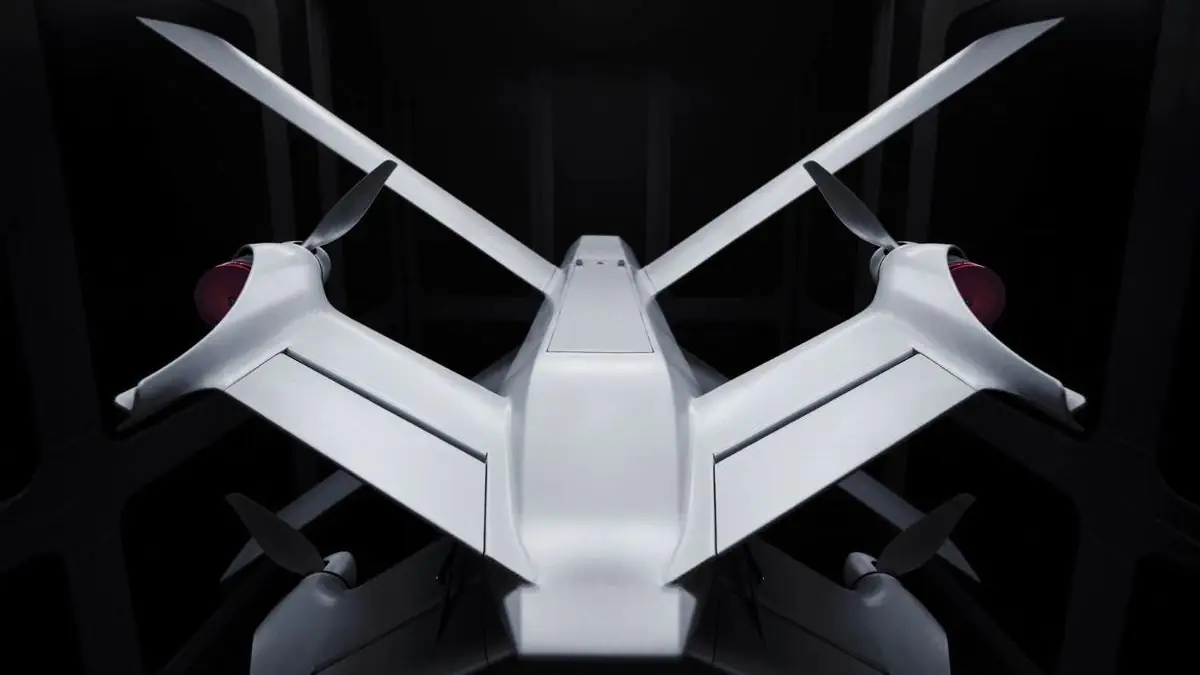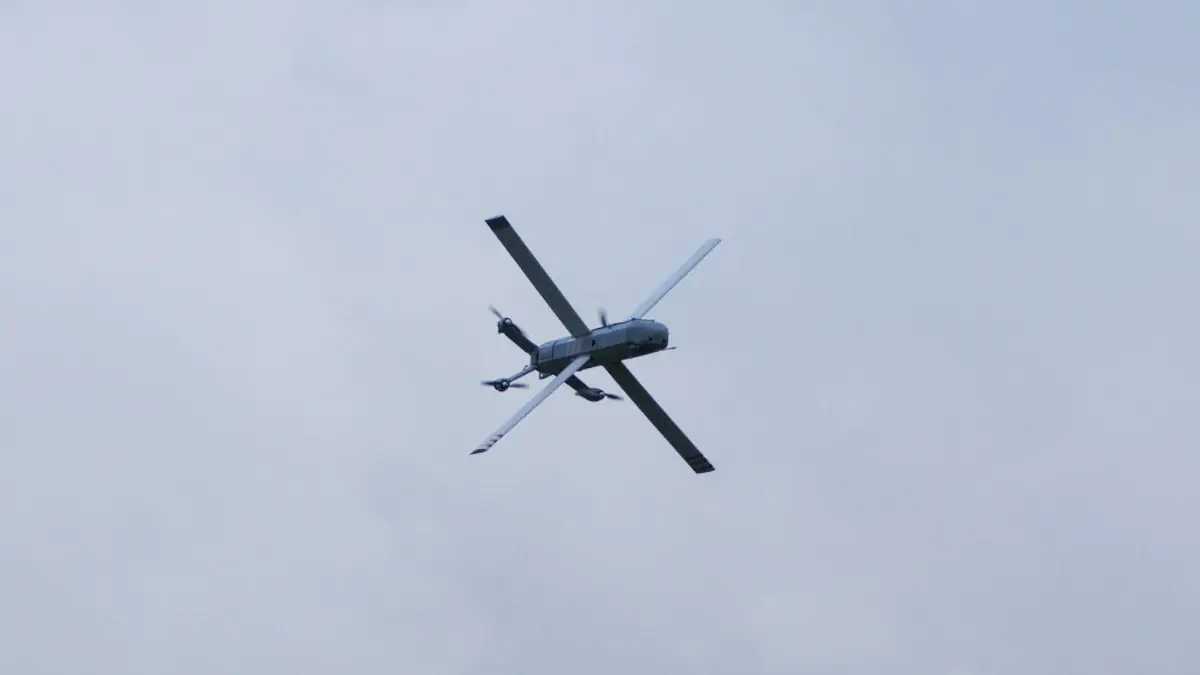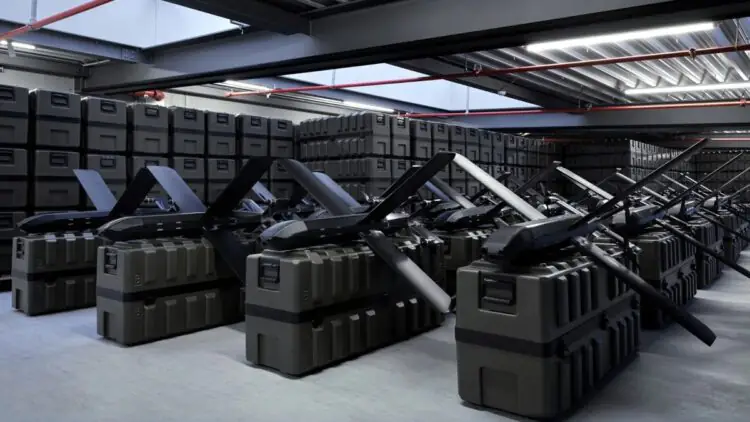The German defense technology company Helsing has announced that it is working on a batch of 6,000 HX-2 strike drones, which will later be delivered to Ukraine. This follows a previous order of 4,000 HF-1 strike drones.
The HX-2 drone was introduced late last year. It features four electric motors, an X-shaped wing configuration, and a tail assembly. The drone has a flight range of up to 100 km and includes an advanced onboard AI system designed to counter electronic warfare measures. With Helsing’s proprietary reconnaissance and strike software, Altra, multiple HX-2 drones can operate as a coordinated swarm, controlled by a single operator.

The HX-2 drone can reach speeds of up to 220 km/h and weighs 12 kg. It is designed for strikes against armored vehicles, artillery, structures, and other military targets. With large-scale production, the cost per unit is expected to be significantly lower.
Helsing has also announced that it is nearing completion of its first Resilience Factory in southern Germany. These facilities are intended to provide localized and independent drone manufacturing capabilities. The company plans to establish several such factories across Europe, each capable of producing tens of thousands of drones if needed.
According to the plan, the initial production capacity of the first factory, RF-1, exceeds 1,000 HX-2 drones per month. Helsing expects these drones to enhance Ukraine’s operational effectiveness on the battlefield.

Helsing co-founder Gundbert Scherf emphasized the importance of scaling up drone production to meet Ukraine’s evolving defense needs. “We are ramping up HX-2 production in response to additional orders from Ukraine, where precision and mass are compensating for the numerical disadvantage of outdated systems. It is clear that NATO must learn key lessons – and quickly,” he stated. Another co-founder, Niklas Köhler, highlighted the company’s innovative approach to manufacturing, which underpins its broader production strategy.
“We have brought together Europe’s leading manufacturing talent, and our Resilience Factories integrate software-driven design with scalable production technologies,” Köhler stated. “We tackle complex challenges at the software level rather than in hardware.” He also noted that the HX-2 is just the first in a series of upcoming products.
Helsing’s initiative aligns with the current need to strengthen Ukraine’s defense capabilities. The HX-2 is designed for rapid deployment and adaptability, and its ability to be mass-produced efficiently could influence the evolving dynamics of modern warfare.

Recently, at the Paris Global Summit on Artificial Intelligence, Helsing and Mistral AI announced a strategic partnership. The two companies will collaborate on developing next-generation AI systems aimed at enhancing Europe’s defense capabilities.
Source: defence-blog









